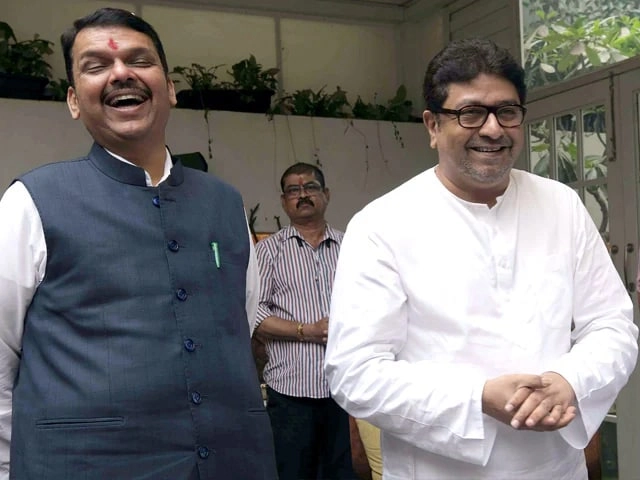In the ongoing first Test match between India and West Indies, a significant decision was made by the Indian cricket team on the third day of the match, when they opted to declare their innings. This choice raised eyebrows and sparked discussions among cricket analysts and fans alike. The declaration came at a point where India seemed to be in a commanding position, having amassed a substantial lead, which played a crucial role in their strategy for the remainder of the game.
The primary reason for the early declaration was to provide the bowlers ample time to dismiss the West Indies batting lineup. Indian captain, aware of the conditions and the deteriorating pitch, felt that maximizing the time for his bowlers to exploit these factors was essential. The pitch was expected to offer more assistance to the bowlers as the game progressed, and the decision was thus aimed at capitalizing on this opportunity. By declaring early, the Indian team was essentially prioritizing their bowling attack’s effectiveness over the possibility of further enhancing their batting score.
Additionally, the declaration reflected a broader tactical approach employed by the Indian team management. In Test cricket, especially in conditions that favor bowlers, teams often seek to impose pressure on the opposition as quickly as possible. By declaring early, India not only showcased their confidence in their bowling unit but also aimed to put the West Indies under immediate pressure, forcing them to chase a target within a limited timeframe. This decision was perceived as a strategic maneuver to ensure that the West Indies would have to contend with both the scoreboard pressure and a potentially challenging pitch.
In conclusion, the early declaration by India on Day 3 of the first Test against the West Indies was a calculated risk aiming to maximize their chances of securing a victory. By considering the match conditions and the strengths of their bowling attack, the Indian team aimed to leverage the situation to their advantage. Such strategic decisions are pivotal in Test cricket, where the dynamics can shift rapidly, and the ability to think ahead often determines the outcome of the match.




